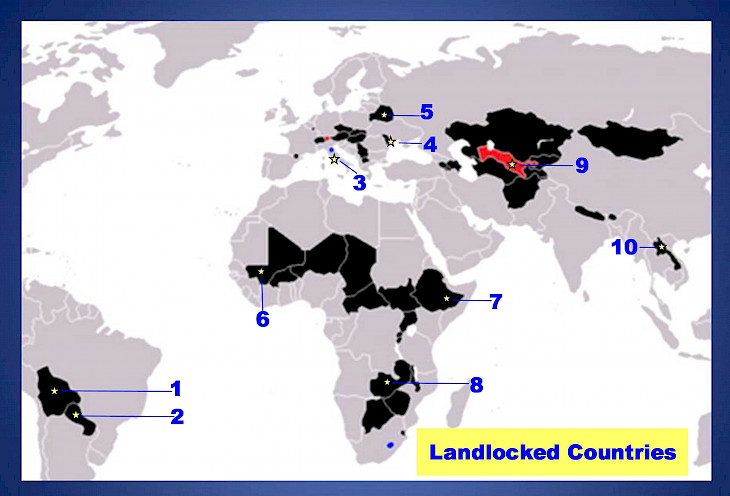At the Third United Nations Conference on Landlocked Developing Countries (LLDCs), taking place in Turkmenistan, Kazakhstan's proactive engagement and growing partnership with China have drawn particular attention. As the largest economy among the LLDCs, Kazakhstan presented its successful strategies for overcoming geographic isolation and creating alternative trade corridors, Eurasiatoday.ru reports.
One of the key highlights was the development of the Trans-Caspian International Transport Route, known as the Middle Corridor, which links China with Europe through Kazakhstan, the Caspian Sea, the South Caucasus, and Turkey. In June 2025, Kazakhstan and Georgia inaugurated a new multimodal terminal at the Port of Poti, significantly boosting the route’s capacity. The project is the result of trilateral cooperation between Kazakhstan, Georgia, and China. As part of its Belt and Road Initiative, China has made substantial investments in railway and port infrastructure to support this corridor.
Another important initiative is the Kazakhstan–Turkmenistan–Iran corridor, which provides access to the Persian Gulf and the Indian Ocean. In 2025, the three countries signed a roadmap that envisions gradual modernization of infrastructure and increased freight traffic along the route. China has also shown strong interest in this corridor, viewing it as a crucial part of its southern logistics strategy aimed at strengthening inland connectivity across Asia.
At the conference, Kazakhstan emphasized that it has achieved sustainable access to three oceans — the Atlantic, Indian, and Pacific — through international partnerships and infrastructure development. Its experience in attracting foreign investment, digitizing logistics systems, and coordinating transport policy has become a model for other landlocked nations.
China, for its part, reaffirmed its commitment to supporting transport and infrastructure projects that enhance resilient connectivity for LLDCs in Asia. Beijing views its collaboration with Kazakhstan and other Central Asian states as essential not only for trade, but also for regional integration and long-term development.
Kazakhstan’s initiatives reflect a strategic vision to turn geographical constraints into economic opportunities — a message that strongly resonated during the conference. As landlocked countries seek ways to diversify their routes and partnerships, the Kazakhstan–China example is seen as a leading model of effective, future-oriented cooperation.
Photo collage: https://www.funtrivia.com/
CentralasianLIGHT.org
August 6, 2025

